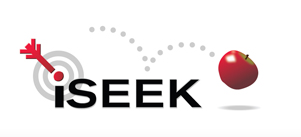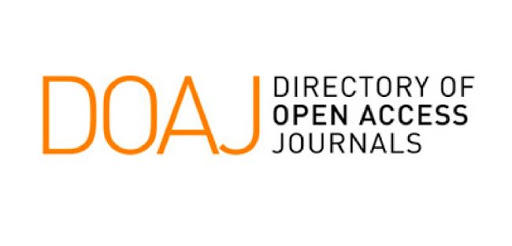Paper ID : SMJ2212205411197 | View : 80

Abstract : Introduction: Awareness about variations in response to treatments and diagnostic cut-off values for iron deficiency anemia (IDA) in special patient populations is crucial. This study aims to determine the knowledge level about IDA diagnosis and management. Method: This is a cross-sectional study in Saudi Arabia, using an online questionnaire distributed to family and internal medicine physicians. Results: Among 76 participants, 28.9 % diagnose IDA based on either iron study or complete blood count separately. Around half of the participants are aware of ferritin cut-off values to diagnose IDA among the general population during pregnancy, while only one-third are aware of values in-patient with heart failure and chronic kidney disease. Further, 57.9% of participants' diagnoses based on a local reference range rather than international cut-off values. Additionally, 17.1% would assess response to treatment within 2 to 6 weeks of treatment while the remaining either evaluate after three months or do not follow up at all. Similarly, only 77.6% perform work up to establish the underlying cause of IDA. Conclusion: IDA is a common health issue though knowledge about diagnosis and management is suboptimal. This is likely attributed to the misperception that diagnostic values and treatment responses are universal among different patients.










